Everything You Need to Know About Your Pregnant Cat: A Comprehensive Guide

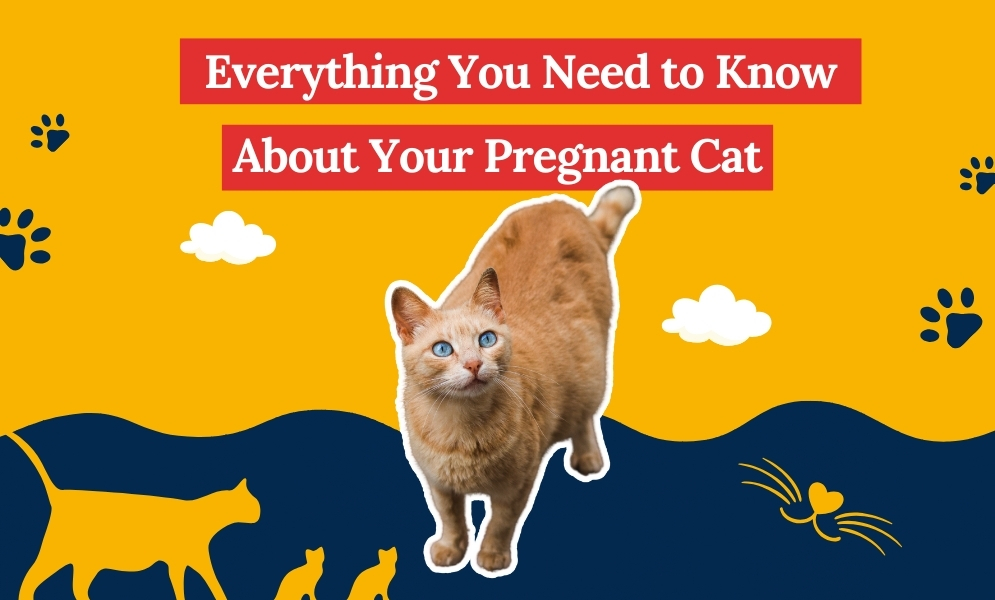
Congratulations! If you’re reading this, chances are your beloved kitty is expecting a litter of adorable kittens. Pregnancy in cats is a natural process, but if you are a first-time parent of a female cat (queen), you will probably have many questions about pregnant cats.
As a responsible pet parent, you should familiarize yourself with every aspect of feline pregnancy. It will enable you to properly care for your pregnant cat and provide the support and nurturing environment she deserves. So, let’s dive in to learn more about pregnancy in cats.
How Long is a Cat Pregnant?
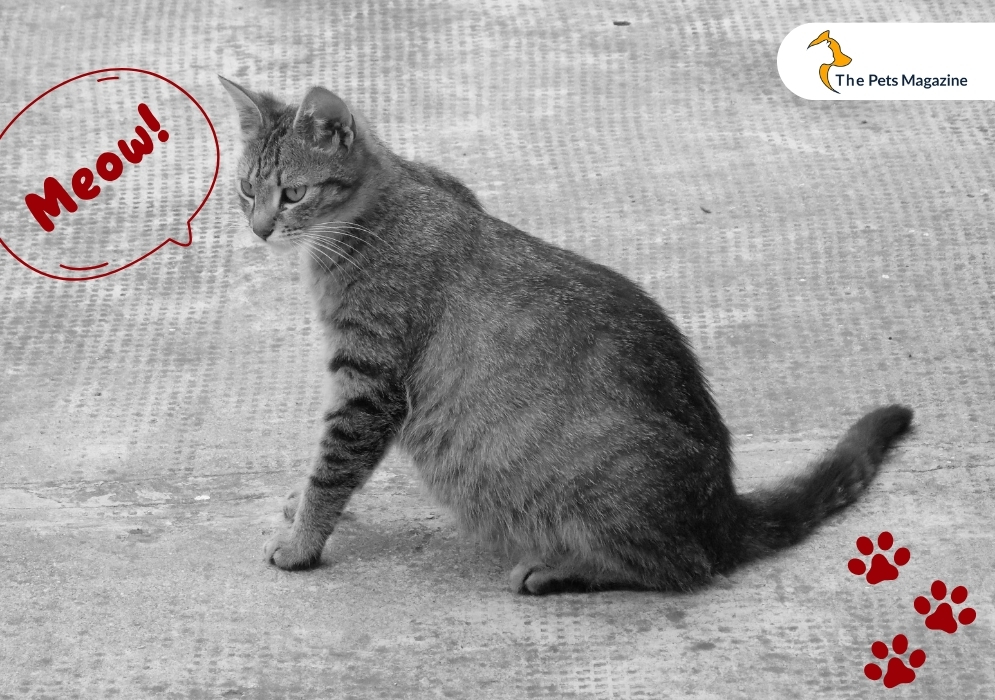
The duration of a cat’s pregnancy, also known as the gestation period, typically ranges from 63 to 67 days (about 2 months), with an average of 65 days (about 2 months). In other words, cats stay pregnant for about two months.
However, it’s not uncommon for some cats to give birth a few days earlier or later than this timeframe. It’s essential to keep an eye on your cat during this period and be prepared for the arrival of her kittens.
How Many Times Can a Cat Get Pregnant in a Year?
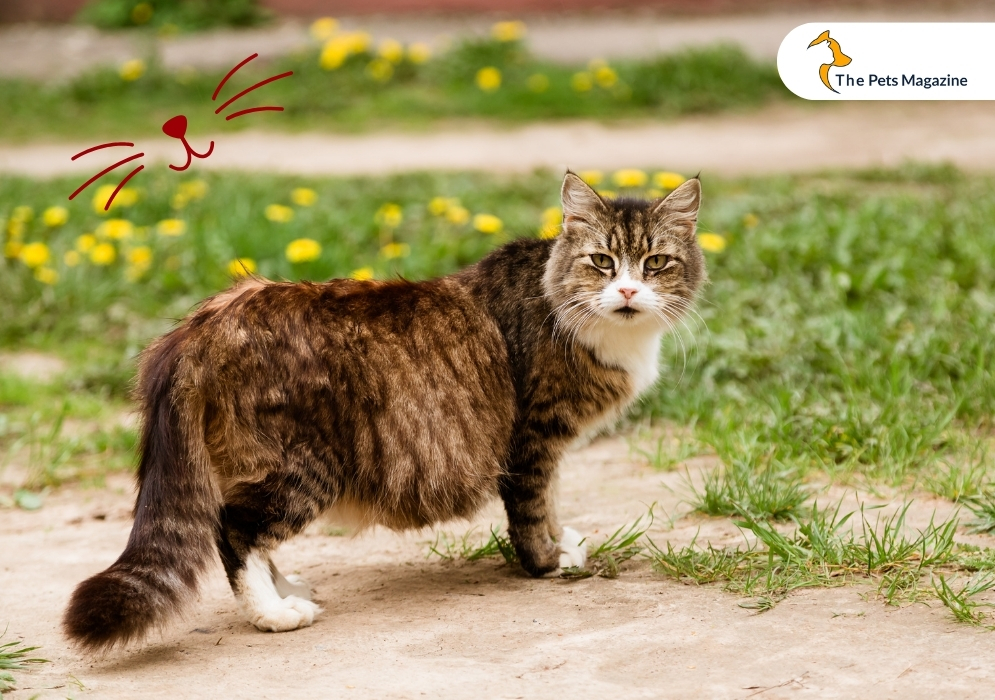
To get the answer to this question, you first need to know about the cat heat cycle. Most cats experience heat cycles (estrus) every two to three weeks during the breeding season, which typically takes place during early spring to late fall.
Since cats are polyestrous, they go into heat several times during a single breeding season. However, the frequency of cat in heat depends on a lot of factors like age, breed, temperature and daylight hours.
So, if a queen (female cat) is not spayed and is allowed to mate during each heat cycle, she could potentially become pregnant several times within a year. However, it’s important to note that frequent pregnancies can be physically taxing on a cat’s body and can lead to health complications.
This is why veterinarians generally recommend allowing a female cat to have only one or two litters per year, with a minimum of two to three months between pregnancies. This allows her body to recover and replenish essential nutrients before the next pregnancy.
To prevent unwanted pregnancies and ensure the well-being of your cat, it’s advisable to have her spayed after she has had the desired number of litters. Spaying not only eliminates the risk of unplanned pregnancies but also reduces the likelihood of certain health issues, such as mammary cancer and uterine infections.
How To Tell If a Cat Is Pregnant?
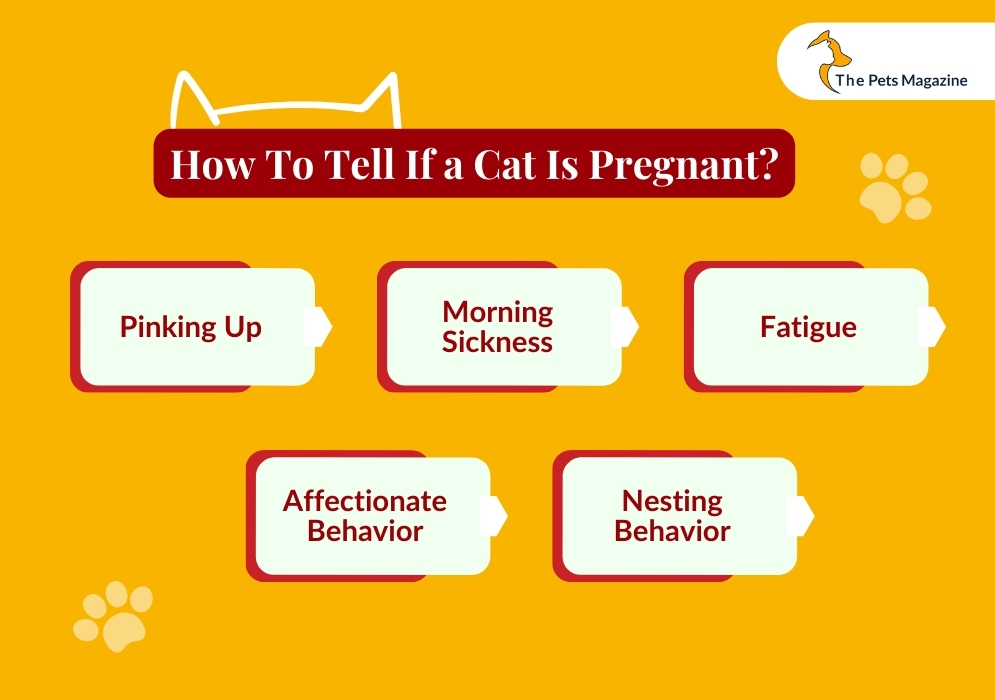
While some signs of pregnancy may not be apparent until later stages, there are a few early early signs a cat is pregnant that you can watch out for:
Pinking Up: Around the third week of pregnancy, your cat’s nipples may become slightly swollen and take on a pinkish hue, a phenomenon known as “pinking up.” This is caused by increased blood flow and hormonal changes.
Morning Sickness: Just like humans, some cats may experience morning sickness or nausea during the early stages of pregnancy. This can manifest as vomiting or a decreased appetite. If your cat isn’t interested in eating her kibbles, you can try to increase her appetite by giving them homemade cat food.
Fatigue: The physical demands of pregnancy can leave your cat feeling more tired and lethargic, especially during the first few weeks. You may also notice your cat taking more naps than usual during this period.
Affectionate Behavior: Some cats may become more affectionate and clingier toward their owners in the early stages of pregnancy, seeking comfort and attention. So, if you are wondering why does cat lick my face, this could be one of the reasons.
Nesting Behavior: As they get closer to the due date, some cats may start exhibiting nesting behaviors, such as seeking out quiet, secluded spots or carrying around soft materials, even in the early stages of pregnancy. If you see such behavior, you can help build a nesting spot using a cardboard box with old towels and blankets.
It’s important to note that not all cats will exhibit these early signs, and some may not show any noticeable changes until later in the pregnancy. If you suspect your cat is pregnant, it’s best to consult your veterinarian for a proper diagnosis and ensure she receives the appropriate care and monitoring.
Signs and Stages of Labor in a Female Cat
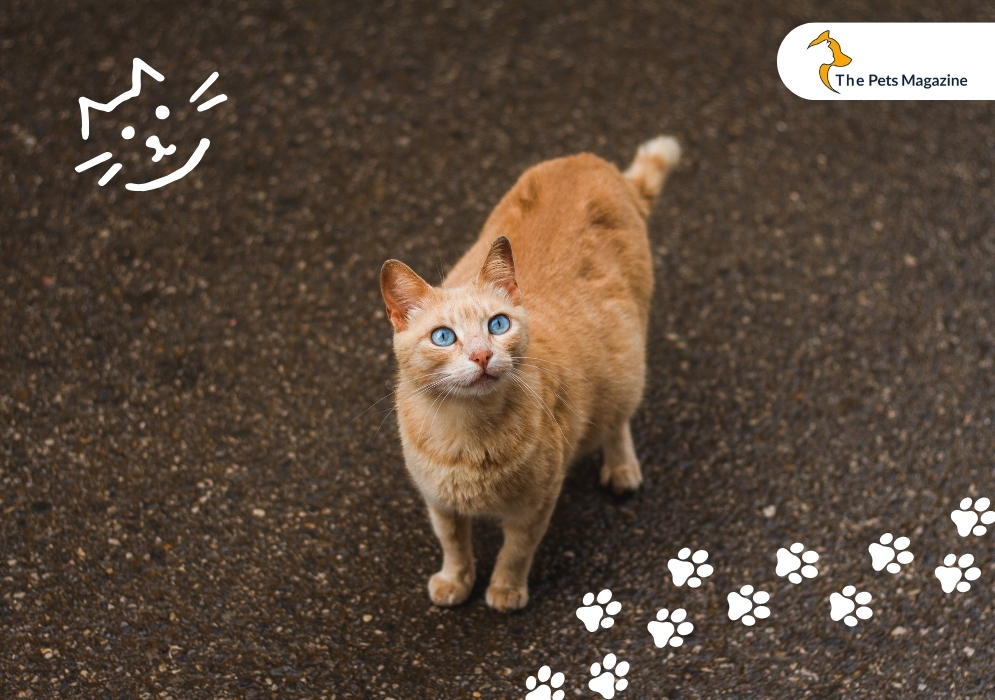
As your cat’s due date approaches, it’s essential to be prepared for the labor and delivery process. One of the ways you can prepare for it is knowing the different signs and stages of labor in pregnant cats. These are as follows:
Feline labor is typically divided into three stages:
Stage 1
During this stage, your cat will experience uterine contractions, which can last several hours. The contractions are starting, so they are not visibly noticeable. But you may see changes in your cat’s behavior. She will stop eating one day before her labor begins.
Your cat will appear uncomfortable and agitated and seek a quiet, secluded place to give birth. In addition, she may visit her nesting spot several times and come to you for some extra reassurances. If you monitor her rectal behavior, you will see that it has dropped 100°F.
Stage 2
This is the active labor stage, where your cat will start pushing and straining to deliver her kittens. Each kitten is typically born within 30 minutes to an hour after the previous one. The kittens come out of their mother headfirst.
Stage 3
After delivering all the kittens, your cat will expel the placentas. This stage usually lasts around 30 minutes.
You should note that the entire labor and delivery process can last anywhere from a few hours to a day or more, depending on the number of kittens and any potential complications.
So, you should monitor your cat closely during labor and delivery but avoid disturbing her unless necessary. If you have any concerns or questions about your pregnant cat, don’t hesitate to call your vet .
You also need to pay attention to after birth cat care. After giving birth, your cat will need a quiet, comfortable space to rest and bond with her newborn kittens. Ensure she can easily access food, water, and a clean, warm nesting area.
Common Health Issues During Feline Pregnancy
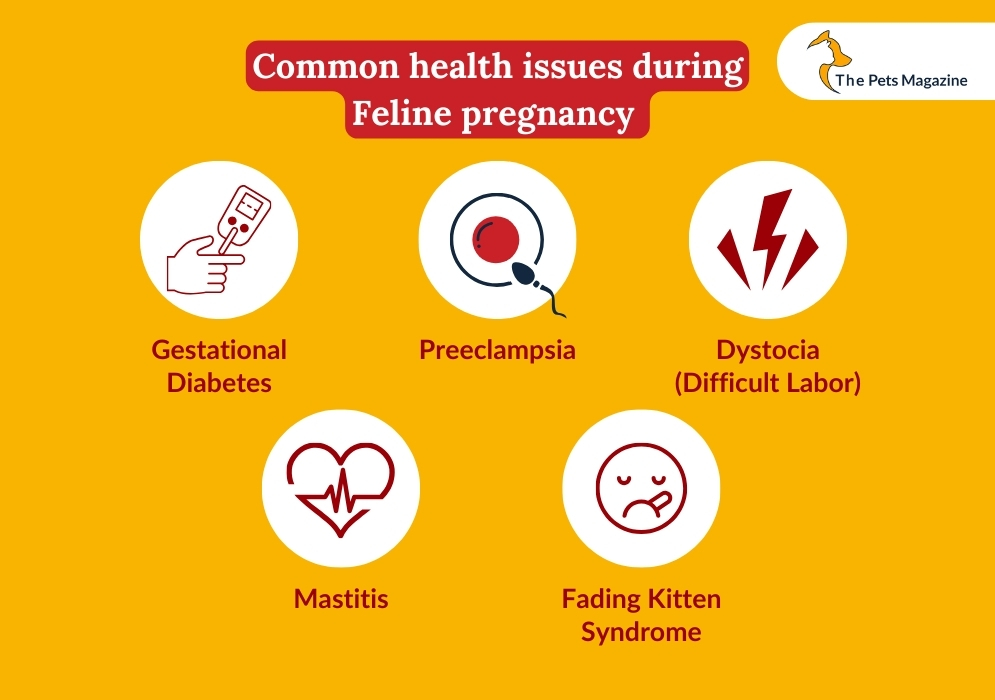
While most cat pregnancies progress smoothly, it’s important to be aware of potential health issues that may arise. Some common concerns include:
- Gestational Diabetes: Like humans, cats can also get gestational diabetes during pregnancy. If left untreated, diabetes in cats can lead to complications for both the mother and her kittens if left untreated. Regular monitoring of blood glucose levels and dietary adjustments may be necessary.
- Preeclampsia: Preeclampsia is a condition characterized by high blood pressure and protein in the urine. It can be dangerous for both the mother and her unborn kittens if not managed properly.
- Dystocia (Difficult Labor): Dystocia, or difficulty during labor, can occur for various reasons, such as improper positioning of the kittens or complications with the placenta. Prompt veterinary intervention may be required to ensure a safe delivery.
- Mastitis: Mastitis in cats is an inflammation of the mammary glands, which can occur during pregnancy or after giving birth. It can be painful for the mother and potentially impact her ability to nurse her kittens.
- Fading Kitten Syndrome: This syndrome is when newborn kittens fail to thrive or suddenly become weak and lethargic. It can be caused by various factors, including maternal neglect, infections, or congenital defects can cause it.
Regular veterinary check-ups and monitoring throughout your cat’s pregnancy can help identify and address potential health issues early on, ensuring the best possible outcome for the mother and her kittens.
A Final Note
While caring for a pregnant cat and her kittens can be a rewarding experience, it’s important to consider the long-term implications of unplanned litter. Responsible pet ownership involves taking steps to prevent unwanted pregnancies and reduce the population of homeless animals.
One of the most effective ways to achieve this is through spaying (for females) and neutering (for males). Most veterinarians recommend spaying or neutering cats around 5-6 months , before they reach sexual maturity. However, it’s essential to consult with your veterinarian to determine the best time for your cat based on their individual circumstances.
By taking the responsible step of spaying or neutering your cat, you not only ensure their well-being but also contribute to a more humane and sustainable approach to pet ownership.





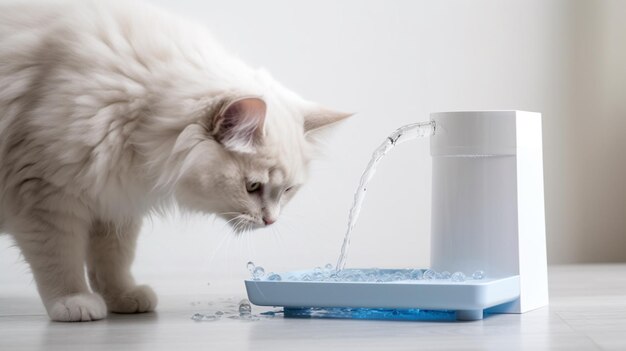


Leave A Comment